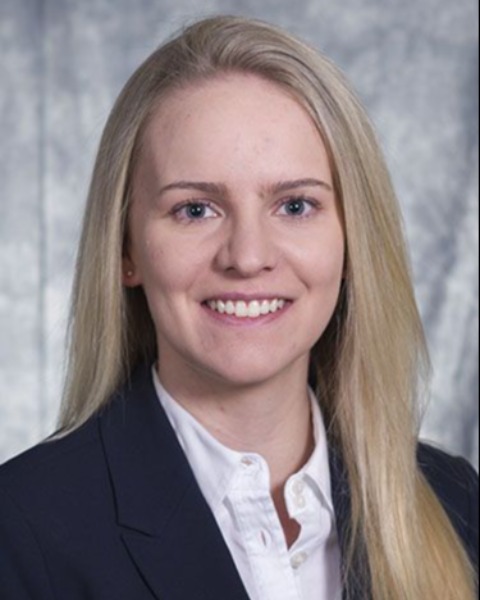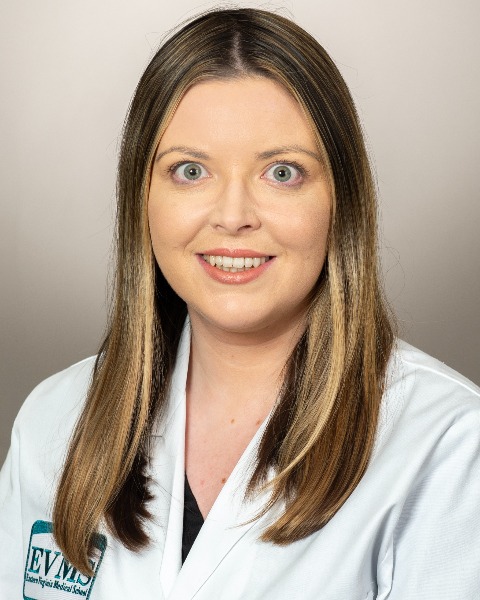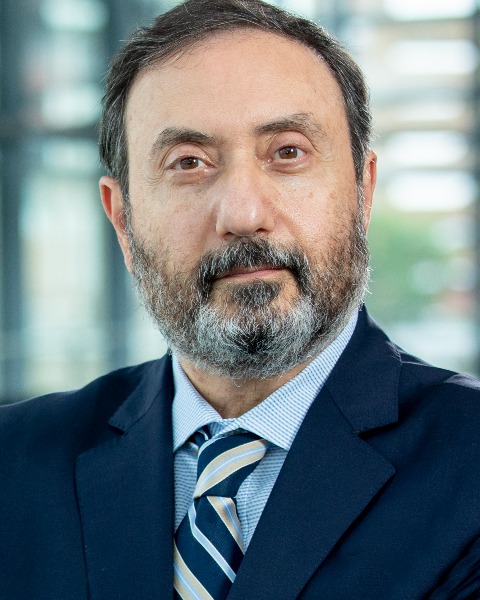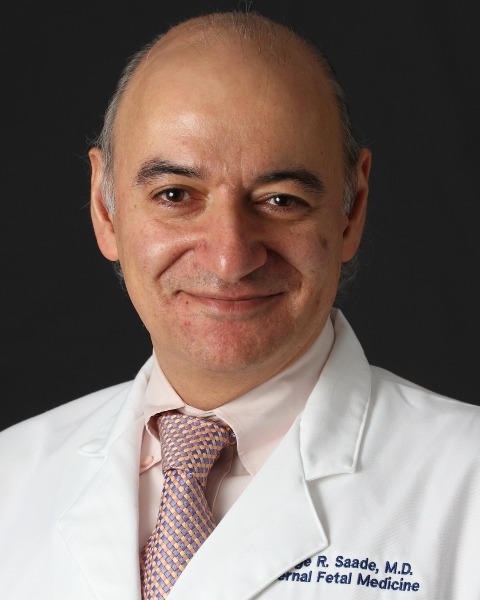Poster Session 4
(1117) Lactated Ringer’s versus Normal Saline for initial fluid resuscitation in pregnant patients with diabetic ketoacidosis

Morgan A. Scaglione, MA, MD
Maternal Fetal Medicine Fellow
Macon & Joan Brock Virginia Health Sciences, Eastern Virginia Medical School at Old Dominion University
Norfolk, Virginia, United States- MC
Melissa J. Cazzell, BS, MS
Medical Student
Macon & Joan Brock Virginia Health Sciences, Eastern Virginia Medical School at Old Dominion University
Norfolk, Virginia, United States - MM
Margaret Mlynarczyk, MD, PhD
Associate Professor
Macon & Joan Brock Virginia Health Sciences Eastern Virginia Medical School at Old Dominion University
Norfolk, Virginia, United States 
Jerri A. Waller, MD (she/her/hers)
Assistant Professor
Macon & Joan Brock Virginia Health Sciences Eastern Virginia Medical School at Old Dominion University
Norfolk, Virginia, United States
Rebecca Horgan, MD
Assistant Professor
Macon & Joan Brock Virginia Health Sciences Eastern Virginia Medical School at Old Dominion University
Norfolk, VA, United States
Alfred Z. Abuhamad, MD
President, Provost and Dean
Macon & Joan Brock Virginia Health Sciences Eastern Virginia Medical School at Old Dominion University
Norfolk, Virginia, United States
George R. Saade, MD (he/him/his)
Professor and Chair, Associate Dean for Women's Health Obstetrics and Gynecology
Macon & Joan Brock Virginia Health Sciences Eastern Virginia Medical School at Old Dominion University
Norfolk, Virginia, United States- MM
Marwan Ma'Ayeh, MD
Assistant Professor
Macon & Joan Brock Virginia Health Sciences Eastern Virginia Medical School at Old Dominion University
Norfolk, Virginia, United States
Submitting Author and Presenting Author(s)
Coauthor(s)
Prior studies examining diabetic ketoacidosis (DKA) outside of pregnancy show a shorter time to resolution of the anion gap when utilizing Lactated Ringer’s (LR) compared to normal saline (NS) for fluid resuscitation. Our objective was to evaluate this evidence.
Study Design:
This was a retrospective cohort study of pregnant individuals who present with DKA. The primary outcome was time to anion gap closure. Secondary outcomes included intensive care unit admission, total insulin infusion received, and total crystalloid volume. Continuous variables were tested for normality using the Shapiro-Wilk test, and compared using Student t-test or Mann-Whitney-U test as appropriate. Categorical variables were compared using Fisher’s exact or Chi Squared test.
Results:
156 patients were included, 43 (28%) treated with LR and 113 with NS. Baseline characteristics were similar between groups. Median time to anion gap closure was shorter in the LR group (8.8 hours vs 13.2 hours, p = 0.003). Those who received LR also required less insulin from admission to anion gap closure (median 25.4 units vs 41 units, p = 0.005). Volume of crystalloid required to close the anion gap did not differ between groups.
Conclusion:
The use of lactated ringers as the crystalloid solution with volume resuscitation in DKA is associated with a shorter time to anion gap closure.

